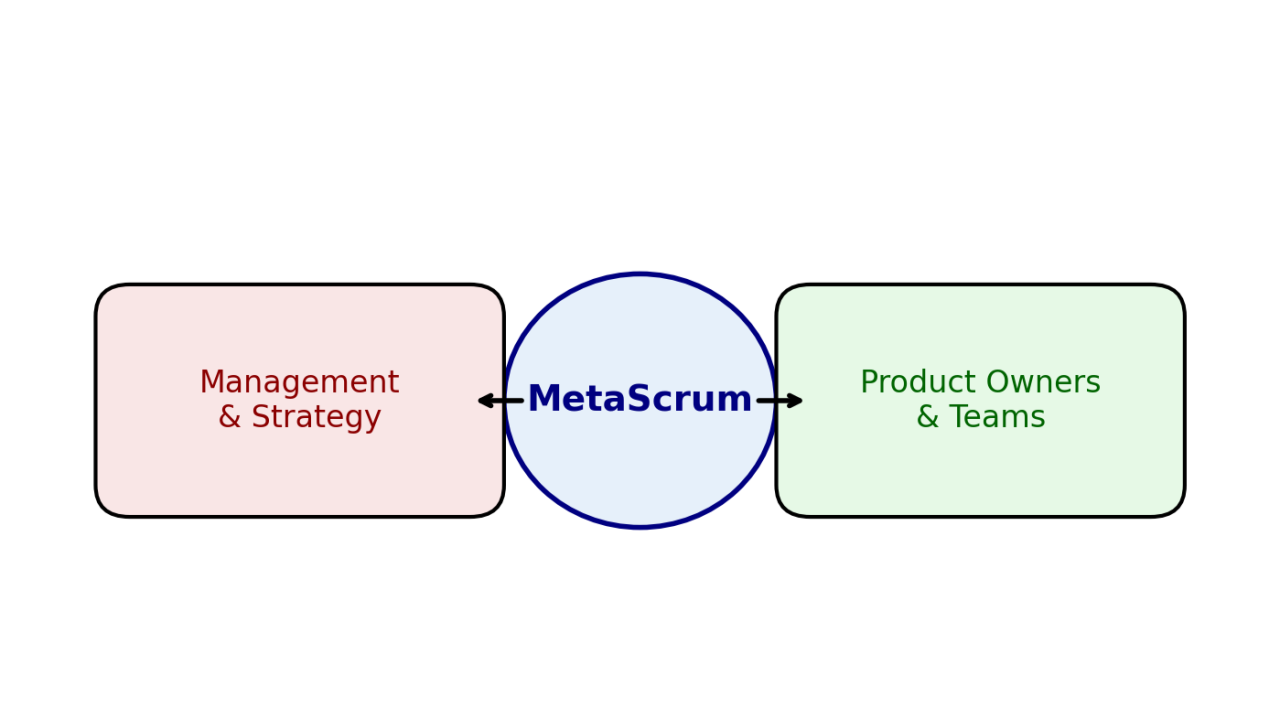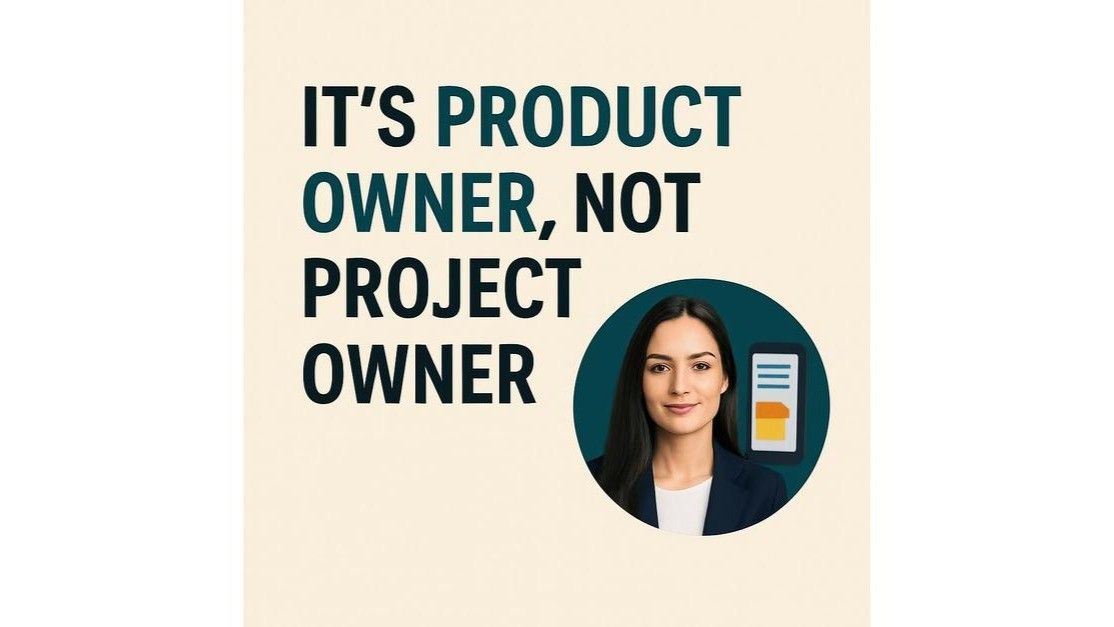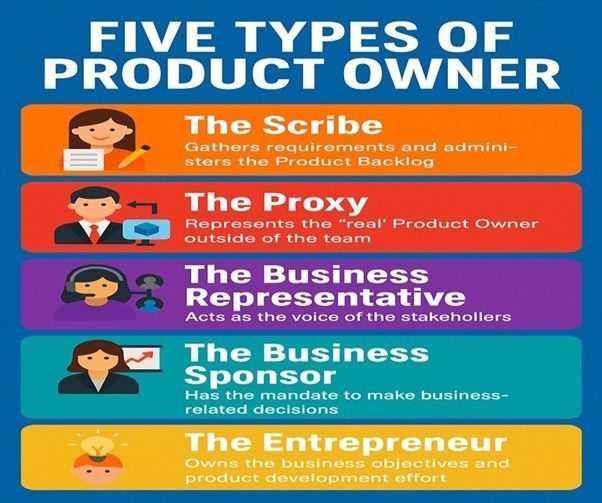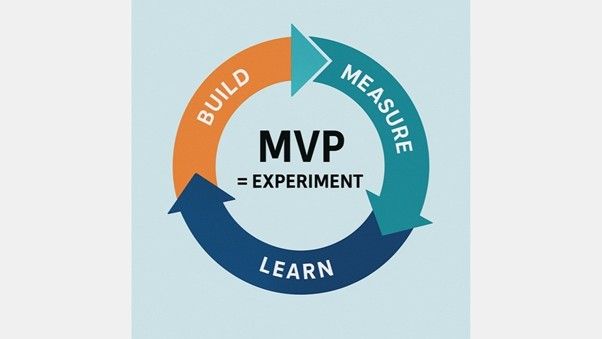What Kids Can Teach Us About Teams
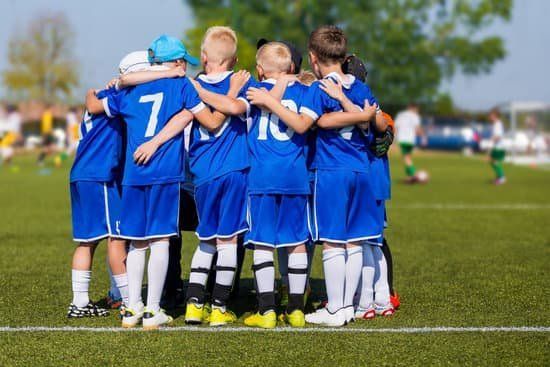
With the huge rise in interest in Business Agility since the start of the pandemic, does this mean the puzzle of Agile product development has been solved?
In my coaching and training for Agile product development I have always emphasized the importance of the team model. When I’m consulting with organizations wanting to increase their levels of Business Agility I find myself constantly arguing that the most important thing is to continue to invest in team development. “Surely, that’s a given?” you might think. Well, part of the problem is that ‘team’ is a term that is routinely abused in industry. Almost every manager I’ve ever spoken to has spoken about “my team”. What they are referring to is the collection of people who report to them. Often these people don’t know each other. Their only connection is they have the same manager. But how can people who don’t even know each other, and never meet, possibly constitute a team?
The ‘No Hopers’
Team sports provide rich insights into what makes a team. Let me take you over a quarter of a century in time to tell you a story of one of the most important lessons I learned. The father of one of my young teenage son’s friends decided to set up a football team. His son, like mine, loved the game but because of their fitness, size, skill-level or other reason they never got to play in eleven-a-side games. Their schools only focussed on the best players and the most physically developed -one of the challenges for under-13s is the different physical sizes of boys of the same age. This team was formed to give these kids that opportunity. It acted like a magnet for all the ‘no-hopers’ in the area, and the team got affiliated to the local amateur club.
Unfortunately, the guy who set the team up got cancer and died part way through the first season and I had to take over to keep things going. It was a tough task. All the boys dreamed of scoring the winning goal in an FA Cup final at Wembley and so all wanted to be strikers. But a team needs a goalkeeper, defenders and midfielders as well as attackers. Convincing them individually and collectively to put the team first took a lot of training, coaching and soft persuasion. The match results were not good. At the beginning the boys got hammered in every game, often conceding a double-digit number of goals and, more than halfway through the season, had not scored a single one.
County Cup Humiliation- Or Was It?
And then we got drawn in the County Cup against a team that was four divisions higher than our team, were the cup holders and league leaders. You’ve seen Hollywood films like this, haven’t you? No-hopers come up against the champions. They’re down at half-time but the coach gives them an inspirational talk and they go out and – against all odds- they win the game. OK, that didn’t quite happen. In fact, with just a minute to go the boys were losing 40-0. That’s not a typo. FORTY nil. Now, under-13 games are only 35 minutes each way. They had conceded a goal in less than every 2 minutes on average. On the touchline I just wanted the final whistle to blow so that the boys’ humiliation would end. I was desperately trying to think of ways to pick them up afterwards so that they wouldn’t lose their love of football.
The Importance of Common Purpose
And then something astonishing happened. With the last kick of the game, the boys scored. They went crazy. You would have thought they had just won the cup, not lost 40-1. And then the opponents’ coach did something remarkable. He lined his team up and got them to shake the hands of every one of the lads they had so comprehensively thumped. And then I heard him say. “Remember that. You won the game. But they were the better team. You got arrogant and started playing as individuals after about five minutes. They were a team right to the end. You need to learn from them.”
I was dumbstruck. It took me a while to realize that my feelings towards the end of the game were driven by targets (concerning the results of games) I had imposed on the boys. But as the cup game approached – one they knew they couldn’t possibly win – they set themselves a different target. To score a goal. And working as a team that’s what they achieved.
Katzenbach and Smith (1) define what they call a ‘real team’ as “a small number of people with complementary skills committed to a common purpose, performance goals and approach for which they hold themselves mutually accountable”. The common purpose the boys committed to wasn’t the one I set for them. It was one they set themselves, but their wild celebrations at the end of the game showed their commitment. Looking back now there a few patterns that they demonstrated. Small successes (from Fearless Change(2) and Evolving Vision (from More Fearless Change (3)). They also showed the power of One Step at a Time (in A Scrum Book (4)) because in the games that followed they still lost most of them but never again by a double-digit score, they did score more goals and, by the end of the season, had even won two matches.
The minimum requirement for any kind of team, beit a sports team or an Agile team, is that they have a common goal that they have taken ownership of. It becomes the focus of their ongoing collaboration on a journey of improvement that is never-ending. A real team shares its successes and its failures, and becomes stronger in doing so.
In retrospect I got taught a powerful life lesson by a bunch of pre-pubescent kids, and I’ve taken it into everything I do professionally. And guess what? The teams I work with today in product development keep teaching me new ones. Whatever else is happening in your organization’s onward journey to Business Agility, do not underestimate the importance of teams.
This post is based on a story I told originally at the Fearless Change Campfire, a remote event organized by Mary Lynn Manns and Linda Rising on October 6th -7th
2021. The campfire will be lit again in 2022. I recommend it! AOC
References
(1) Jon R. Katzenbach and Douglas K. Smith. 1993. The Wisdom of Teams: Creating the High Performance Organization. Harvard Business School Press
(2) Mary Lynn Manns and Linda Rising. 2005. Fearless Change: Patterns for Introducing New Ideas Addison Wesley
(3) Mary Lynn Manns and Linda Rising. 2015. More Fearless Change: Strategies for Making Your Ideas Happen. Addison Wesley
(4) Jeff Sutherland, James O. Coplien and the Scrum Patterns Group. 2019. A Scrum Book: The Spirit of the Game. Pragmatic Programmers
